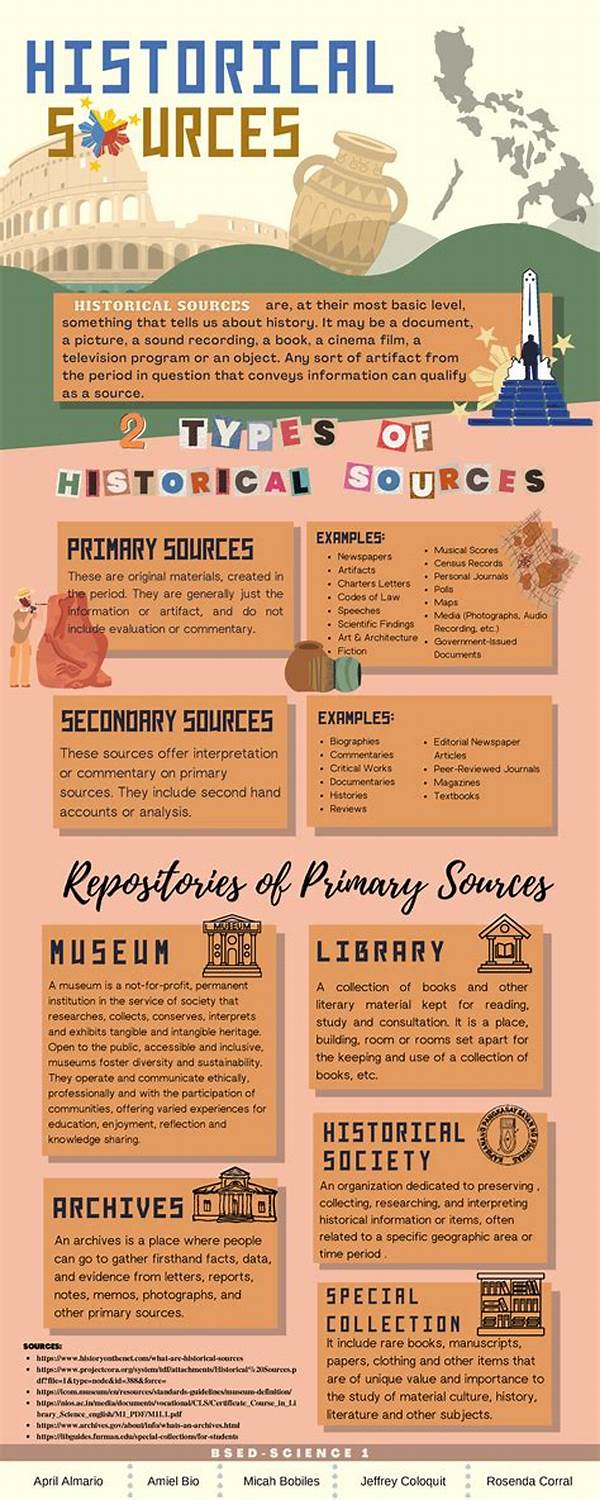Have you ever wondered how historians manage to weave the vibrant tapestry of our past? Imagine digging through piles of dusty tomes, only to find that the real treasure trove lies in the vivid recollections of our ancestors, captured in audiovisual form. Welcome to the new frontier of historical research where preserving oral culture isn’t just a task but a dynamic journey filled with emotion and authenticity.
Read More : Tips For Setting Up Audiovisual Equipment For Clear, Noise-free Sound
Audiovisual sources, my dear history buffs, are like the ultimate cheat code in a video game. They not only make historical research more effective but also infinitely more enjoyable and authentic. Picture yourself sipping a latte while listening to war veterans regale tales of heroism or communities sharing indigenous folklore—doesn’t that sound much better than wading through endless pages of hard-to-read scripts? This is more than just history; it’s storytelling with a purpose, designed to captivate and enlighten both today’s audience and future generations.
The Power of Audiovisual Sources
Enhancing Historical Understanding
Audiovisual sources serve as a golden key to unlocking the depths of historical understanding. Photographs, films, and recordings provide tangible visuals and sounds that enhance the relatability of historical events. Traditional manuscript-based history can sometimes feel like trying to solve a cryptic crossword puzzle. However, visual and auditory elements add context, capturing emotions and expressions that words alone cannot convey.
Imagine, for a moment, listening to a 1920s jazz concert record while observing original film clips of enthralled audiences swinging to the beat. It’s as if you are transported back in time, witnessing the excitement firsthand. These sources captivate genealogists, educators, and everyday enthusiasts alike. They provide a richness and depth of understanding that challenges and redefines conventional history.
Preserving Endangered Oral Traditions
One of the most critical benefits of audiovisual sources in historical research is their ability to preserve oral culture. In numerous regions, oral traditions are at the brink of being lost forever. Audiovisual technology offers the perfect medium to capture these vibrant narratives, securing voices and stories for future generations.
Elderly storytellers, indigenous communities, and marginalized groups finally have a platform to immortalize their histories and perspectives. Not only does this preserve individual narratives, but it also safeguards entire cultures, protecting them against the erosion of time.
Connecting Empathy and Education
Emotions and Storytelling
In our quest to understand history, emotions are the secret ingredient that brings it all together. Audiovisual sources facilitate connection and empathy, essential components for impactful education. By watching interviews or listening to firsthand accounts, learners gain an emotional resonance that textbooks seldom provide.
Schools adopting these sources report increased student engagement and understanding. “It’s like walking a mile in someone else’s shoes,” says one student, summing up the transformative experience. Storytelling through audiovisual media makes history less of a distant past and more of a lived experience, making education both informative and touching.
Accessibility and Documentation
Another significant benefit of audiovisual sources in historical research is accessibility. With today’s technology, recording and sharing these resources is as simple as clicking a button. This means a wider audience can access invaluable historical content, tearing down the barriers of language, geography, or physical ability.
For researchers, this documentation is gold. Audiovisual archives serve as permanent, unalterable records that can be revisited and reanalyzed. No more guessing the tone or context hidden between the lines of centuries-old documents. With audiovisual sources, what you see and hear is what was true.
Read More : Audio Visual Solutions For Large Corporate Events
Why Audiovisual Sources Matter
A Tool for Modern Researchers
Modern historians have the luxury of tools unimaginable to their predecessors. Audiovisual sources are indispensable in creating a more accurate and inclusive historical narrative. These resources don’t just tell us what happened; they show us how people felt about what happened, offering a fuller picture of history.
This isn’t just about documentation—it’s about storytelling with intention, creating a balanced historical narrative that represents diverse voices and experiences.
Multimedia History Preservation
Breaking the Chains of Traditional Methods
It’s time to shed the chains of print and embrace the digital age. Audiovisual techniques are not just complementary; they’re revolutionary in preserving oral culture. Their ability to capture the vibrancy and nuances of speech, gesture, and emotion is unmatched, bridging the gap between the past and the present.
Capturing the Essence
Conclusion
Preserving oral culture through audiovisual sources is more than a scholarly endeavor—it’s an act of heritage conservation. This approach doesn’t merely enrich historical research; it transforms it, reimagining how we engage with history in an actionable and emotionally connecting way. As historians, educators, and curious minds, let’s harness these tools to cultivate a deeper, more empathetic understanding of our collective past.
Taking the Next Step
So, what’s your role in this narrative? Whether you’re a professional historian or an armchair enthusiast, consider how you can utilize and advocate for the archival of oral traditions through audiovisual means. Document stories, share with online communities, and explore this creative avenue that combines technology with timeless storytelling. Together, we can keep the voices of our ancestors alive for generations to come.
